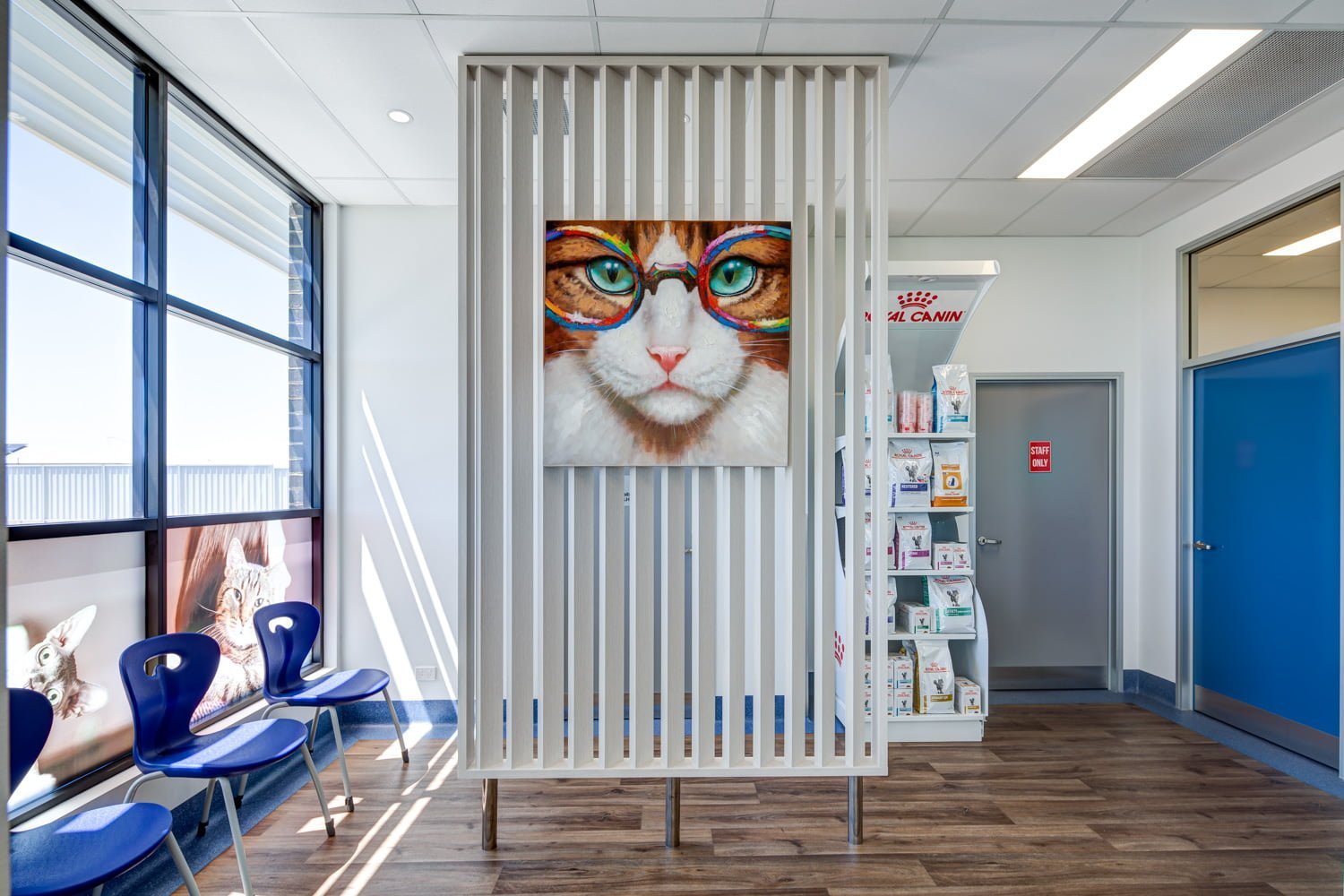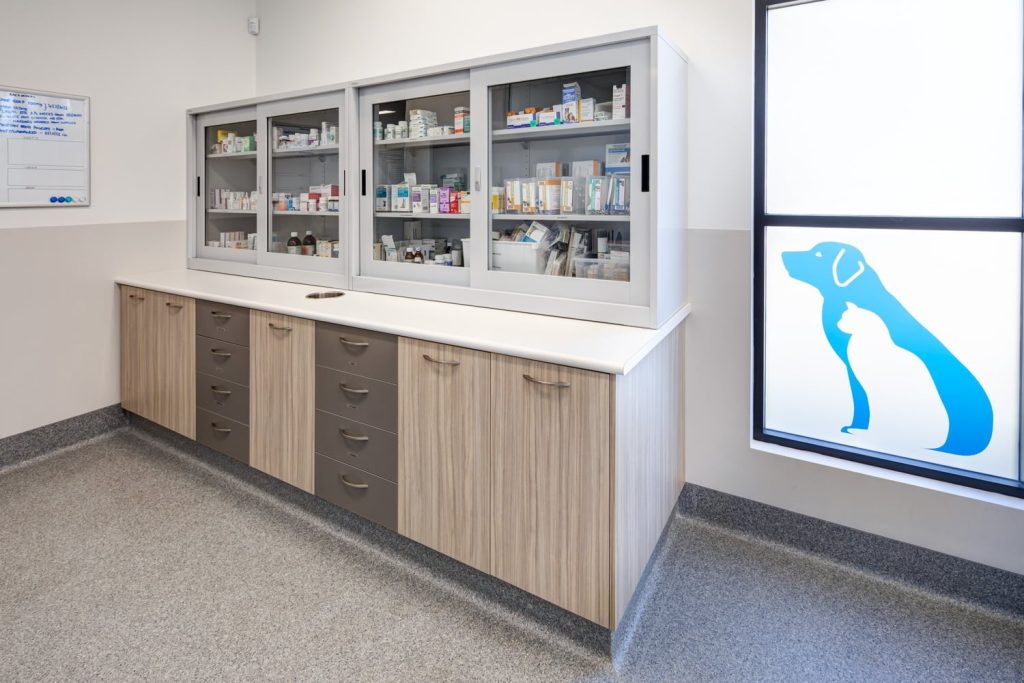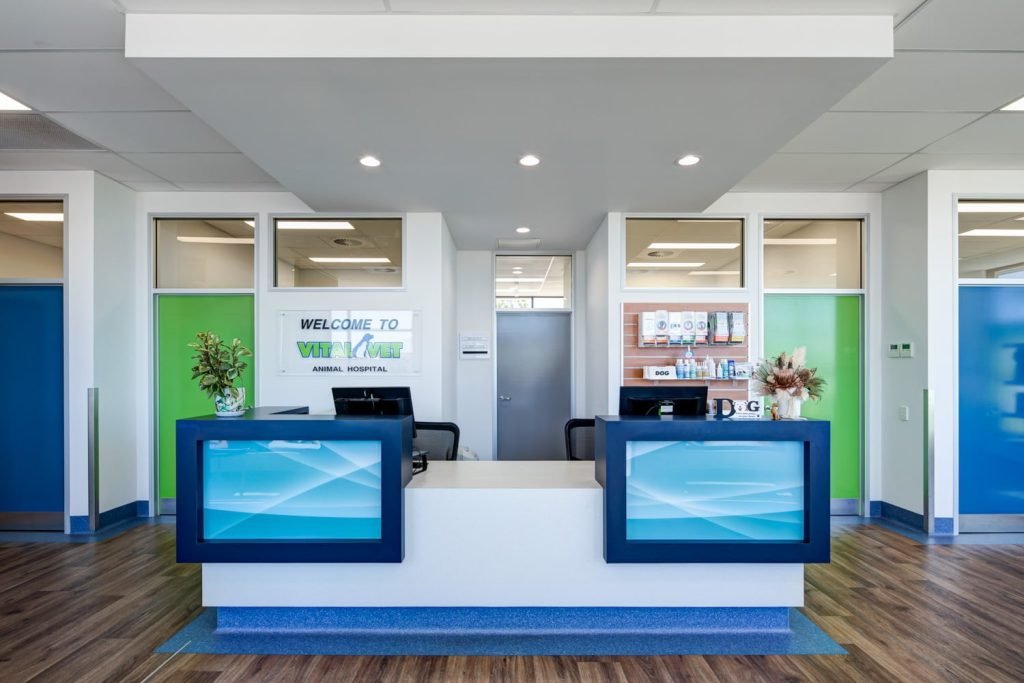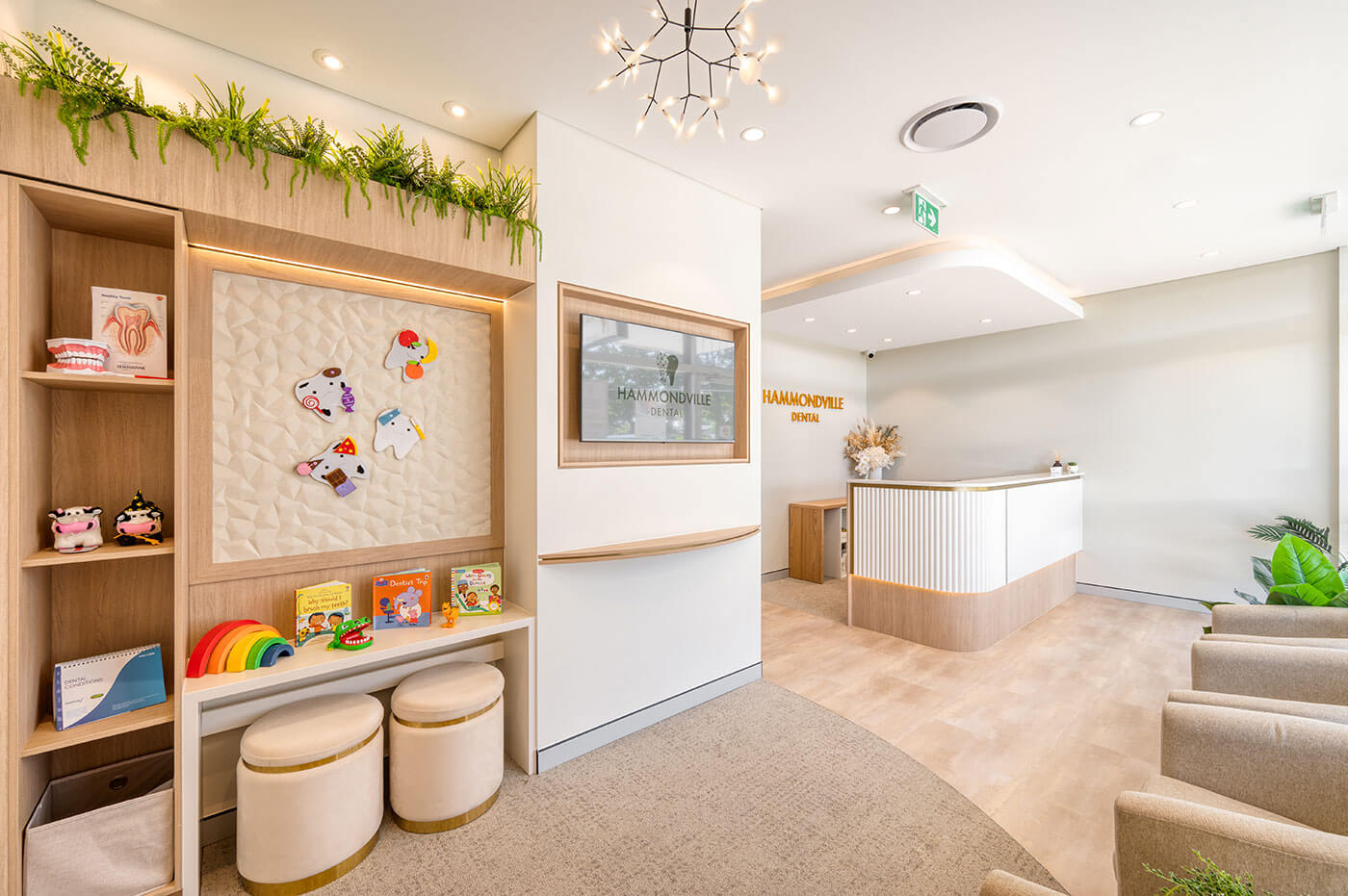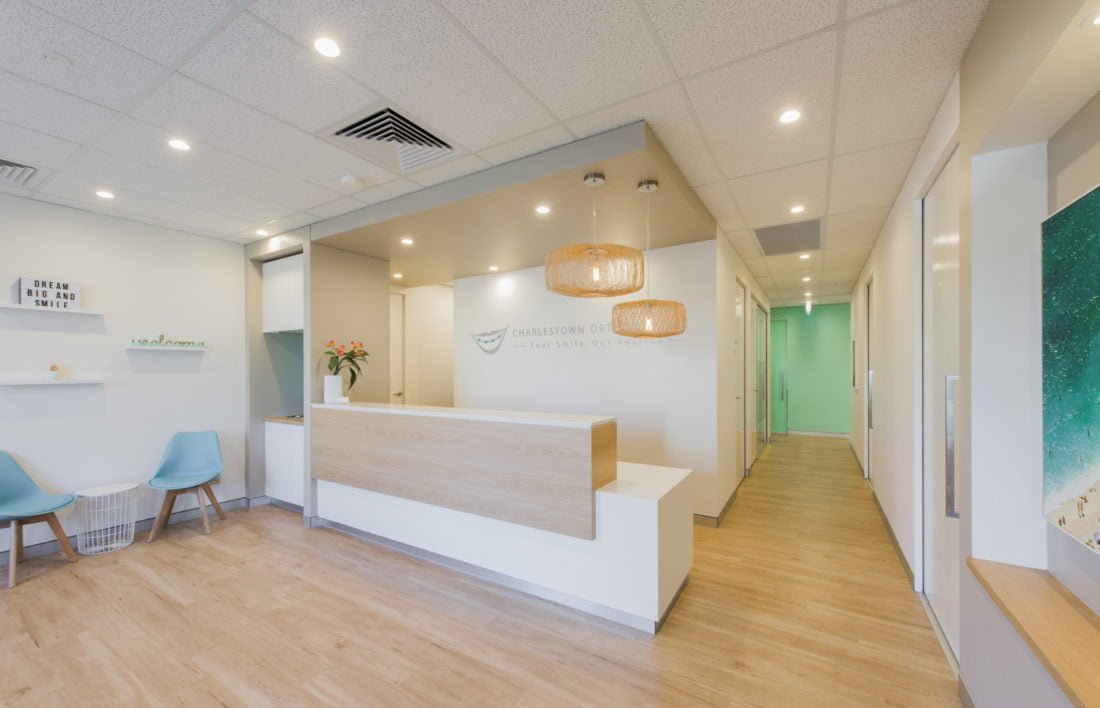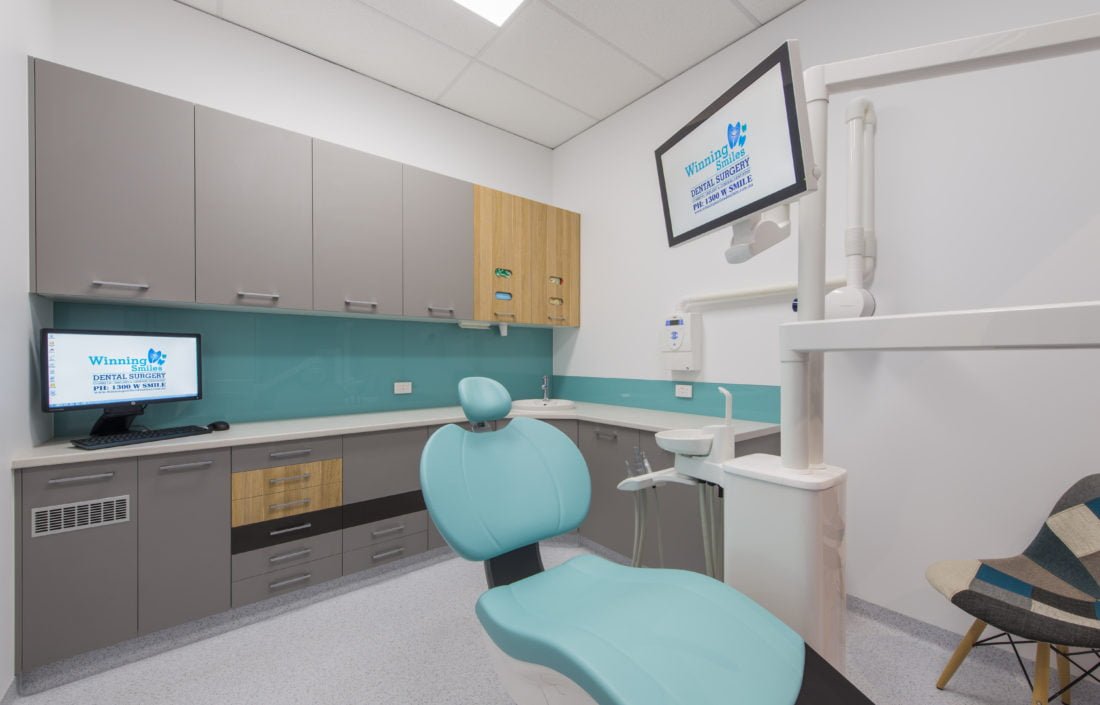Designing a pet-friendly clinic space is not just about aesthetics; it’s about creating a calming and welcoming environment that caters to the unique needs of animals and their human companions. The impact of a well-thought-out clinic space can be profound, contributing to reduced stress for pets, increased satisfaction for pet owners, and a more efficient and enjoyable workplace for staff.
In this blog, we’ll explore the critical elements that contribute to a pet-friendly clinic design, including sensory considerations like lighting and noise control, the use of space to prevent overcrowding, and the selection of pet-friendly materials. We’ll also delve into the importance of having separate areas for different types of pets and incorporating features that cater to the comfort of both pets and their owners, such as waiting room amenities and easy-to-navigate layouts.
The significance of clinic layout
The layout of a veterinary clinic plays a pivotal role in creating a pet-friendly environment. Thoughtful design can prevent the chaos that often goes with a pet’s visit to the vet, which is particularly important for animals who may already be anxious or unwell.
Separate waiting areas for different species, like cats and dogs, help lower pet anxiety and ease the examination process. Clear pathways are also crucial, guiding owners and preventing pets from unexpectedly meeting each other, which minimises stress and helps the clinic run smoothly.
Interior design for pet comfort
Interior design elements play a significant role in enhancing pet comfort within a clinic. Non-slip flooring, for example, is essential; it provides a stable and secure surface for pets, which is particularly important for those that are elderly, injured, or anxious. A slip-resistant floor can prevent accidents and help pets feel more confident as they move around the clinic.
Colours such as soft blues, greens, and earth tones can have a soothing effect on both animals and humans. These hues can help create a tranquil atmosphere, making the space feel safe and less intimidating for pets.
Pets have sensitive hearing, and loud or sudden noises can be alarming and contribute to a heightened sense of fear or anxiety. Soundproofing exam rooms, using quiet equipment, and playing soft background music can all help mitigate stress-inducing sounds.
Similarly, the type of lighting should be carefully considered. Harsh, bright lights can be unsettling for pets. Instead, use natural lighting where possible or install lighting that mimics daylight, which can have a calming effect and make examination rooms appear less clinical and more inviting. Dimmable lights can also be incorporated to adjust the brightness in different areas of the clinic, according to the needs and reactions of individual pets.
Creating a welcoming waiting area
Considerations for the waiting area include the following:
- Comfortable seating: Ample and varied seating arrangements that cater to different group sizes and offer space for pets to sit beside their owners are essential.
- Pet-friendly decor: The decor should reflect the pet-centred nature of the clinic. This can include wall art that features animals, plants that are safe for pets, and a small play area for pets to explore and remain occupied while waiting.
- Educational reading materials: Providing reading materials about pet care, health tips, and the latest advancements in veterinary medicine can be both informative and a welcome distraction for owners during the wait. These materials can also educate owners on how to better care for their pets, which can contribute to a community of well-informed and responsible pet owners.
- Separate waiting spaces: To cater to the varying temperaments and health conditions of animal patients, it is crucial to have separate waiting areas. Some pets, like cats, typically prefer a quiet and secluded spot, while dogs may be more social but can sometimes be aggressive towards other dogs or species. Moreover, pets that are sick or immunocompromised should have a space away from other animals to reduce their stress and the risk of cross-contamination.
Handling fear and anxiety
To minimise fear and anxiety in pets at a clinic, strategies like using pheromone diffusers can be quite effective. These diffusers release calming chemicals that mimic the natural pheromones of cats and dogs, helping to soothe and reassure them. Additionally, having quiet, designated spaces for pets to wait and be examined can make a significant difference. These areas should be away from the hustle and bustle of the clinic’s main activities to provide a peaceful retreat.
Gentle handling by clinic staff is also crucial. Staff should be trained to approach and handle pets in a way that feels safe and non-threatening. This includes using a calm voice, slow movements, and giving pets time to acclimate to their surroundings. The use of treats and toys to distract and reward pets during their visit can also promote a positive experience. When pets are handled with care and kindness, they are more likely to remain calm and cooperative, making the visit easier for everyone involved.
Practical Considerations
For a veterinary clinic fitout, practicality is key. Surfaces should be easy to clean to keep the clinic hygienic and safe for all pets. It is also important to have equipment that can accommodate pets of all sizes and with different needs, ensuring each animal receives the best possible care. Lastly, having a specific area where pets can go to relieve themselves is essential for maintaining cleanliness and comfort in the clinic environment.
Case study
Our recent partnership with Hills Animal Hospital in Castle Hill, Sydney was incredibly successful. Dr Sonya Bains requested an economical and well-designed fitout for her 112m² clinic. We maximised functionality and productivity while also incorporating multiple access to different spaces. Dr Sonya Bains was extremely satisfied with the results, as were her clients. Read more about our Hills Animal Hospital case study.
Work with Perfect Practice
When designing your clinic, remember that a welcoming environment can significantly enhance the well-being of both pets and their owners. By prioritising comfort and tranquillity in your space, you will not only foster better patient care but also nurture client loyalty.
Create a space that speaks to the heart of your practice with Perfect Practice, and reach out to us today at 1300 00 11 22


